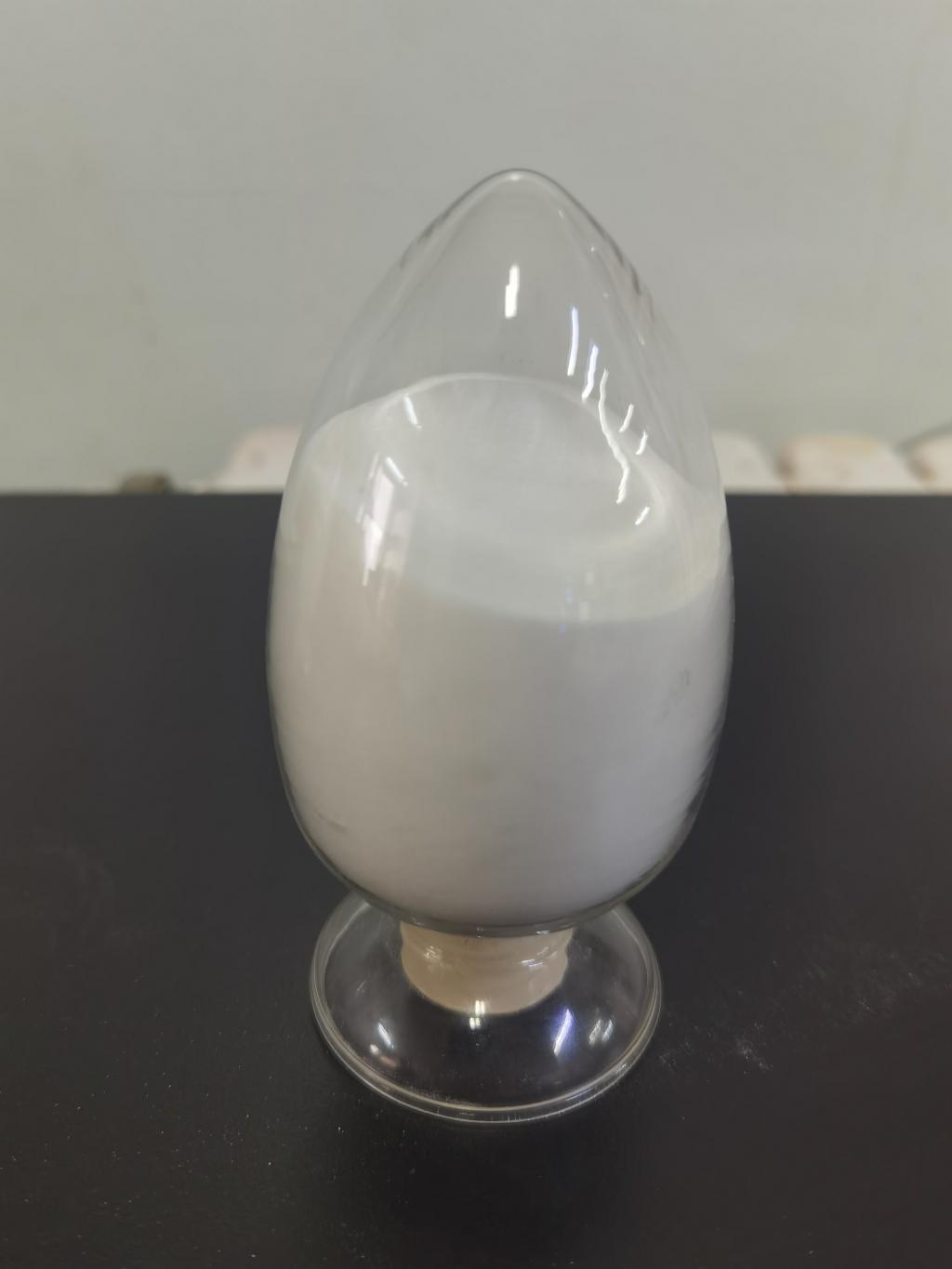Tel:+8618231198596

News
 CONTACT
CONTACT
 CONTACT
CONTACT
- Linkman:Linda Yao
- Tel: +8618231198596
- Email:linda.yao@dcpharma.cn
- Linkman:CHARLES.WANG
- Department:Overseas
- Tel: 0086 0311-85537378 0086 0311-85539701
News
Current Position:
Home >
News
>ε-Polylysine Hydrochloride Role in Enhancing Flavor Stability in Processed Foods.
ε-Polylysine Hydrochloride Role in Enhancing Flavor Stability in Processed Foods.
TIME:2023-10-31
Introduction
Flavor is a cornerstone of the sensory experience that consumers seek in their food products. Processed foods are no exception, and maintaining the intended flavor throughout a product's shelf life is paramount. However, achieving flavor stability is a complex task, as various factors, including oxidation, microbial growth, and chemical reactions, can degrade the taste and aroma of food. ε-Polylysine hydrochloride, a naturally occurring food preservative, has emerged as a versatile solution to this challenge.
What is ε-Polylysine Hydrochloride?
ε-Polylysine is a naturally occurring antimicrobial peptide produced by certain strains of bacteria, specifically Streptomyces albulus. When modified with hydrochloride, ε-Polylysine hydrochloride becomes water-soluble and is commonly used in the food industry as a preservative. It is a cationic polypeptide composed of 25 to 35 lysine residues linked by amide bonds.
Mechanism of Action
ε-Polylysine hydrochloride plays a pivotal role in enhancing flavor stability by addressing multiple factors that can lead to flavor deterioration in processed foods:
3.1. Antimicrobial Properties: One of the primary functions of ε-Polylysine hydrochloride is its ability to inhibit the growth of spoilage microorganisms, such as bacteria and molds. By preventing microbial contamination, it helps maintain the quality of food products.
3.2. Antioxidant Activity: ε-Polylysine hydrochloride exhibits antioxidant properties, which can reduce oxidative processes that degrade the flavors in foods. It scavenges free radicals and impedes lipid oxidation, helping to preserve the aroma and taste of products.
3.3. Chelation of Metal Ions: This preservative can chelate metal ions, such as iron and copper, which are known to catalyze oxidative reactions. By sequestering these ions, ε-Polylysine hydrochloride further mitigates the risk of flavor deterioration.
Applications in the Food Industry
ε-Polylysine hydrochloride has a wide range of applications in the food industry, where flavor stability is crucial. Some notable uses include:
4.1. Dairy Products: It is used in dairy items like cheese and yogurt to prevent the growth of spoilage bacteria and molds, preserving the intended taste.
4.2. Meat and Poultry: In meat and poultry products, ε-Polylysine hydrochloride can inhibit bacterial growth, extending the shelf life and maintaining flavor.
4.3. Baked Goods: It is employed in bakery items to prevent the development of molds and maintain freshness in bread, cakes, and pastries.
4.4. Sauces and Condiments: Sauces, dressings, and condiments benefit from ε-Polylysine hydrochloride, which helps protect against spoilage microorganisms and flavor degradation.
4.5. Processed Foods: Ready-to-eat meals and snacks often contain this preservative to ensure flavor stability throughout their shelf life.
Safety Considerations
The safety of ε-Polylysine hydrochloride as a food preservative has been extensively studied and validated. Key safety considerations include:
5.1. Regulatory Approval: In several countries, including the United States, Japan, and the European Union, ε-Polylysine hydrochloride is recognized as a safe food additive, with established usage levels.
5.2. Low Toxicity: It has a low toxicity profile and is well-tolerated by humans. It does not accumulate in the body, making it a safe choice for food preservation.
5.3. Allergenicity: There is no evidence to suggest that ε-Polylysine hydrochloride is a common allergen or poses a significant risk to individuals with food allergies.
5.4. Residue Levels: Regulatory agencies set strict limits on the allowable residue levels of ε-Polylysine hydrochloride in food products to ensure its safe use.
Future Potential
The future of ε-Polylysine hydrochloride in the food industry appears promising, with several opportunities and challenges:
6.1. Clean Label Trend: As consumers increasingly seek clean label products, ε-Polylysine hydrochloride's natural origin and safety profile align with this trend, making it a favorable choice for food manufacturers.
6.2. Innovations in Formulations: Continued research may lead to more effective formulations of ε-Polylysine hydrochloride, allowing for even better flavor stability in a wider range of products.
6.3. Global Acceptance: Harmonizing regulations and increasing global acceptance of ε-Polylysine hydrochloride as a food preservative will facilitate its use in a broader spectrum of processed foods.
6.4. Sensory Analysis: Advances in sensory analysis techniques will help fine-tune the use of ε-Polylysine hydrochloride to enhance the overall flavor experience in food products.
Conclusion
Maintaining flavor stability in processed foods is a complex challenge in the food industry, as taste and aroma are key factors driving consumer preferences. ε-Polylysine hydrochloride, with its antimicrobial and antioxidant properties, has proven to be a valuable tool in addressing this challenge. As consumer demands for natural, safe, and effective preservatives continue to rise, the role of ε-Polylysine hydrochloride is likely to expand, contributing to enhanced flavor stability and the overall quality of processed foods. Its safety profile and versatility make it a promising ingredient with the potential to revolutionize the processed food industry.
- Tel:+8618231198596
- Whatsapp:18231198596
- Chat With Skype







